After the link failure in MPLS network, there are some actions need to be done orderly for MPLS recovery. This actions need to converge the MPLS network again. These MPLS Recovery steps are:
– MPLS Recovery Failure Detection : Detecting the failure point
– MPLS Recovery Failure Propagation : Notifiying other routers about the failure point
– MPLS Recovery Service Recovery : Recover the system on a preconfigured reserve path
Let’s check these steps detailly.
Table of Contents
-MPLS Recovery Failure Detection-
Firstly the failure tried to detect by hardware. If the failure can not detect by hardware, it is tried to detected by upper layers. IGP hellos can be used here. Periodic hellos sent and if no response come, the failure detected. But here there are some disadvantages. By IGP hellos, the detection time is much (almost 30 seconds) and the CPU usage is high. This time can be reduced, but this time the control plane overhead will increase.
To overcome this disadvantages, this failure detection must be done in the lower layers. But in these layers there was no hello protocol. So, a new protocol was developed for this purpose. This is BFD (Bidirectional Forwarding Detection).
There is also another mechanism that provide fast detection. This is EFM(Ethernet in the First Mile).
Because of the fact that BFD is a very rapid protocol for detection problems, BFD is also used in MPLS fast protection and restoration.
-MPLS Recovery Failure Propagation-
In IGPs(OSPF and IS-IS), the updates are event triggered. If a failure detected, this is propagated to the network via LSAs in LSU packets.
The propagation of the failure is different in MPLS. And this is differenlt done for both MPLS Secondary Paths and MPLS FRR (Fast Reroute).
For Secondary Paths, Head-End need to be informed about the failure on Primary Path. The router that detects the failure, send a PATH Error Message to the Head-End on Primary Path. Here, as you know, Head-End is the point that LSP begins.
MPLS Secondary Paths can be configured in two types:
– Cold (or NON) Stanby Secodary Paths
– Hot Stanby Secondary Paths
Cold (or NON) Standby Secondary Paths must be informed by Head-End after the failure detection. Because it is not operational till failure time. It need to become operational by this notification.
Here, Path Error reach time and the Secondary Path signalling time is spent.
Hot Standby Secondary Paths do not need any information about the failure. Because it is also operational during the Primary Path is operational. Here, the only lost time is the time during the Path Error message reach to the head end. No time spent for Secondary Path signalling.
For MPLS FRR (Fast Reroute), the router that detect the router, takes a local decision to recover the traffic. But an information in a PATH Error Message still send to the Head End. Because, this FRR is a temporary solution. Head-End need to be informed to decide a better path after the failure. And this decision can be a different path than the reroute path.
-MPLS Recovery Service Recovery-
In IGPs(OSPF and IS-IS), for the service recovery, LSDBs are updated by the LSAs. New SPF calculations done and the new forwarding tables are built. According to the network size, the network convergence is done.
For the MPLS Secondary Path service recovery, the Head-End routes the traffic as soon as getting the PATH Error Message at the propagation step. Here, the PATH Error Message deliviring time is important.
For MPLS FRR (Fast Reroute) service recovery, the first upstream router before the failure, switches the traffic to the backup tunnel(detour or bypass) that was established before the failure. The recovery time is less than 50ms by MPL FRR (Fast Reroute).
You can check the other parts of these MPLS Protection and Restoration Article series below.
MPLS Protection and Restoration – Part 1
MPLS Protection and Restoration – Part 2 (End-to-End Protection, Secondary Paths)
MPLS Protection and Restoration – Part 3 (Path Diversity in Secondary Paths)
MPLS Protection and Restoration – Part 4 (Local Protection, Fast Reroute)
MPLS Protection and Restoration – Part 5 (Fast Reroute Protection Types)
MPLS Protection and Restoration – Part 6 (RSVP Objects Used for MPLS Fast Reroute)
MPLS Protection and Restoration – Part 7 (Verification Commands on Alcatel-Lucent Routers)
MPLS Protection and Restoration – Part 8 (Actions After the Failure)
MPLS Protection and Restoration – Part 9 (Convergence Factors)
MPLS Protection and Restoration – Part 10 (Juniper Configuration Samples)
MPLS Protection and Restoration – Part 11 (Juniper Configuration Samples)
MPLS Protection and Restoration – Part 12 (Juniper Configuration Samples)
MPLS Protection and Restoration – Part 13 (Juniper Configuration Samples)
…YOU CAN REACH ALL THE “MPLS” ARTICLES AND CONFIGURATIONS BELOW…
MPLS Basics
What is MPLS?
Enabling MPLS on Cisco Router
MPLS Label Distribution Protocol, LDP
MPLS Label Distribution Protocol, LDP – Part 1
MPLS Label Distribution Protocol, LDP – Part 2
MPLS Label Distribution Protocol, LDP – Part 3 (Configuration on ALU)
MPLS Label Distribution Protocol, LDP – Part 4 (ECMP)
MPLS Label Distribution Protocol, LDP – Part 5 (Export and Import Policy, Prefix Aggregation)
MPLS Label Distribution Protocol, LDP – Part 6 (T-LDP)
MPLS Label Distribution Protocol, LDP – Part 7 (CR-LDP)
MPLS, RSVP-TE
MPLS, RSVP-TE – Part 1
MPLS, RSVP-TE – Part 2(Alcatel-Lucent Configuration)
MPLS Protection And Restoration
MPLS Protection and Restoration – Part 1
MPLS Protection and Restoration – Part 2 (End-to-End Protection, Secondary Paths)
MPLS Protection and Restoration – Part 3 (Path Diversity in Secondary Paths)
MPLS Protection and Restoration – Part 4 (Local Protection, Fast Reroute)
MPLS Protection and Restoration – Part 5 (Fast Reroute Protection Types)
MPLS Protection and Restoration – Part 6 (RSVP Objects Used for MPLS Fast Reroute)
MPLS Protection and Restoration – Part 7 (Verification Commands on Alcatel-Lucent Routers)
MPLS Protection and Restoration – Part 8 (Actions After the Failure)
MPLS Protection and Restoration – Part 9 (Convergence Factors)
MPLS Protection and Restoration – Part 10 (Juniper Configuration Samples)
MPLS Protection and Restoration – Part 11 (Juniper Configuration Samples)
MPLS Protection and Restoration – Part 12 (Juniper Configuration Samples)
MPLS Protection and Restoration – Part 13 (Juniper Configuration Samples)


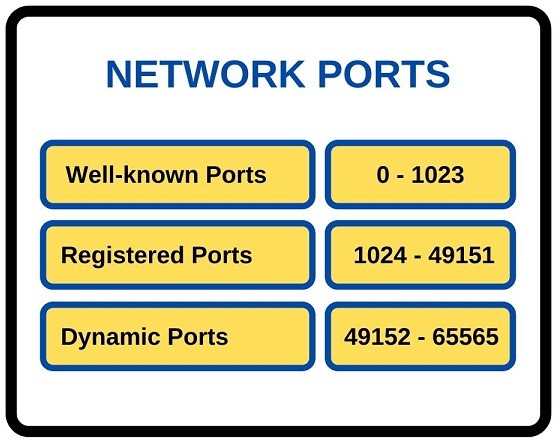
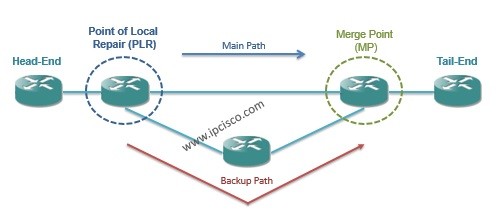
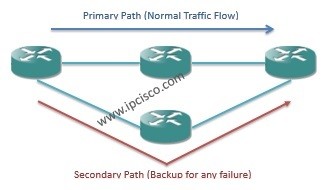
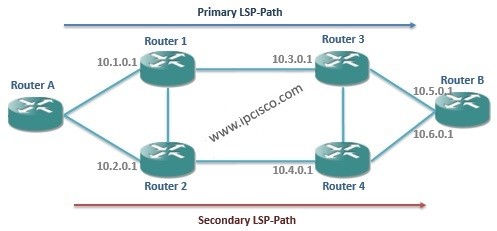

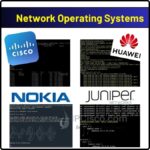
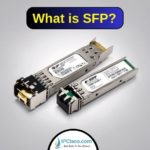
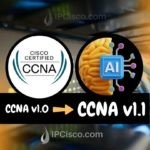

Leave a Reply